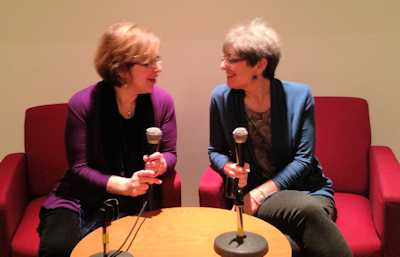Public art enhances our lives. In Minneapolis public art is diverse and found in all corners of the city. Sharon Zweigbaum highlighted Minneapolis public art featuring water as part of the Jewish Artists’ Lab sponsored by the Sabes JCC last Tuesday. Some of the sculptures like the shadow figures embedded in sidewalks make us rethink our idea of Minneapolis’s influential figures. Fountains abound in the City of Lakes that refresh and entice passers by.
Russian public art is, well, uniquely Russian. In the New York Times of May 29, 2015 (http://www.nytimes.com/2015/05/29/world/europe/another-huge-statue-in-russia-not-rare-but-hugely-divisive.html?ref=world), Neil MacFarquhar guides us through the reasoning that Moscow may soon be looking up at an 82 foot tall statue of St. Vladimir slated to perch on a Moscow hill. Aside from environmental arguments against the statue and the artistic merit of Salvat Scherbakov’s work, this is a convoluted attempt to reconstruct Russian History. For a more thorough explanation one needs to read MacFarquhar’s article in its entirety. In brief, Vladimir is reputed to be the founder of the Russian Orthodox Church and the Russian(?) state in Kiev.
Kiev? But now that’s in the Ukraine, you may think. And therein lies the controversy. Ukrainians lay claim to St. Vladimir (St. Volodymyr in Ukrainian) and already have a statue in Kiev 28 feet shorter than the one planned for Moscow. This is a not so subtle way for Russia to underscore its claim to the Crimea, Ukraine, and all key figures in Russian history. And the thought may have crossed your mind – Vladimir is Putin’s first name.
Russia has a long history of creating a historical memory through statues. In tsarist times, Peter the Great was not shy about posing for statues, especially equestrian statues that raised him even higher above the people. Under the Soviet regime Lenin statues were de rigueur for every village, town, and city. Stalin was no slacker, either, when it came to statues. Statues of Stalin were mass produced in Leningrad at the Kirov Works (named for a popular Leningrad leader whom Stalin had assassinated). Irony in Russia knows no bounds. An iconic photo of the end of Soviet rule in Russia and eastern Europe was frequently toppled Stalin or Lenin statuary. Unlike consumer goods in the former Soviet Union, these statues were made to last and bringing them down took a monumental effort on the part of the newly freed people.
We leave you with a question. What do you think would be an appropriate subject for public art in Russia? Is it public art or government art?




